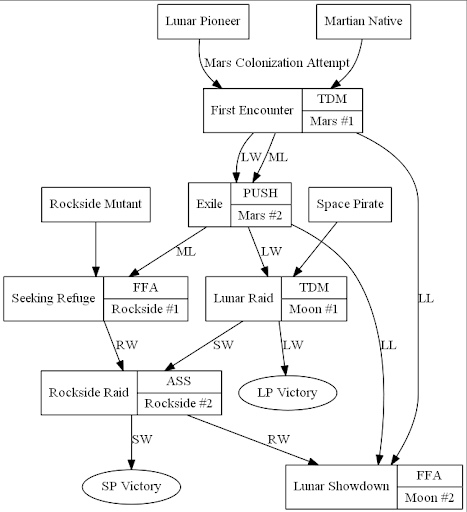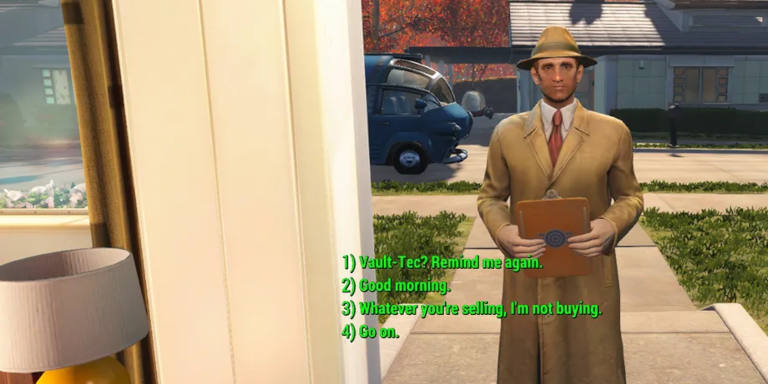Define the Path
The first step in plotting a critical path is to define what it is. The critical path is the sequence of objectives or events that the player must complete to advance through the game. These are the mandatory objectives that must be achieved to complete the game.
To define the critical path, it is essential to understand the story or theme of the game. What is the game about? What is the objective of the game? Who is the player? These questions will help define the critical path and create a foundation for the game design.
Create a Flowchart
Once you have defined the critical path, the next step is to create a flowchart or diagram that outlines the path through the game. This flowchart will help you visualize the path through the game and identify any potential roadblocks or issues that may arise.

Start with the beginning of the game and work your way through to the end, including all the mandatory objectives, key events, and any branching paths. For example, if the game is a platformer, the critical path may include levels that the player must complete in a specific order to reach the final boss.
Identify Decision Points
Within the critical path, there may be points where the player has a choice that will impact their progression through the game. Identify these decision points and create branches in your flowchart to reflect the different paths that the player can take.
For example, in a role-playing game, the player may have to decide between different factions to join or different paths to take. Each decision will lead the player down a different path, ultimately leading to a different outcome. The dialogue between the main characters and others in the world often presents a great opportunity to give the player choices with lasting consequences.

Test the Path
Once you have created the flowchart, it’s time to playtest the critical path thoroughly. This will ensure that it is achievable and provides a satisfying experience for the player. Playtesting will also help you identify any potential issues with the pacing or difficulty of the critical path.
During playtesting, pay attention to the flow of the game. Is the critical path easy to follow? Is it too difficult or too easy? Are there any parts of the critical path that feel repetitive or boring? Use feedback from playtesting to make any necessary adjustments to the critical path.
Refine, Refine, Refine
Throughout the development process, continue to playtest and refine the critical path as needed to ensure that it provides the best possible experience for the player. Keep in mind that game development is an ITERATIVE process, and the critical path may change as the game evolves.
Make sure to keep an open mind and be willing to make changes to the critical path as necessary. When you're ready, publish an early version of your game and start collecting feedback from others outside of you and your team. Use the feedback you get to keep refining. It's not always clear what works and what doesn't until you get a fresh perspective.






